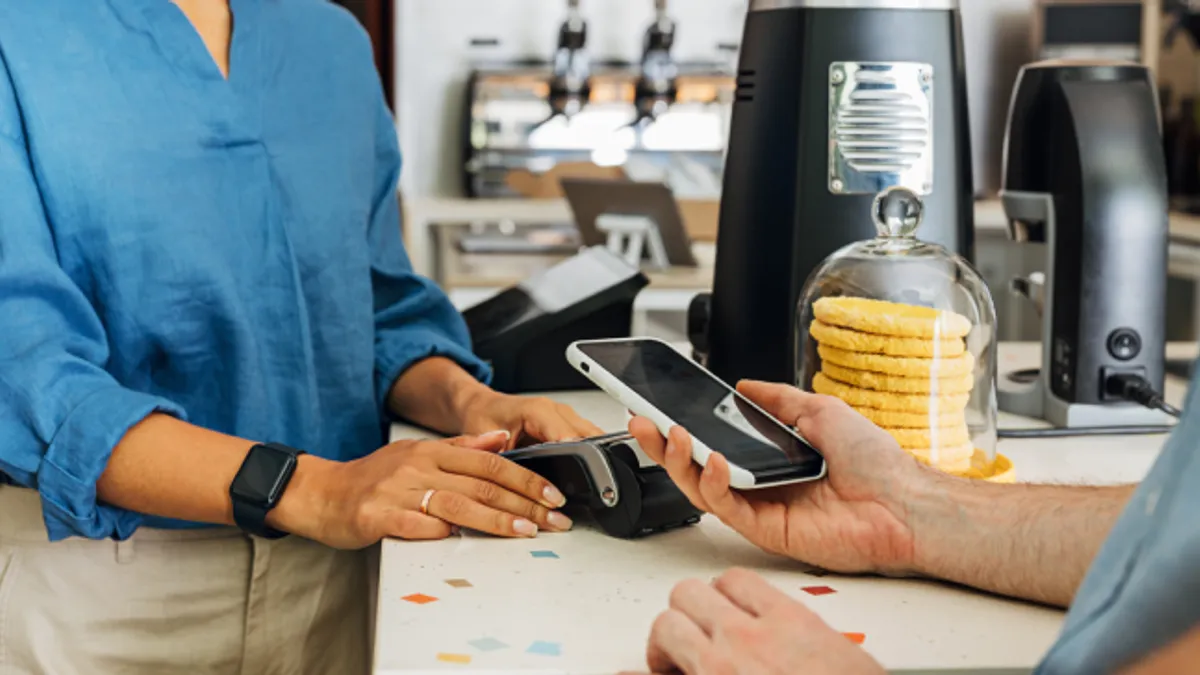Today, most restaurants know that with the right combination of technologies, they can make their businesses leaner, faster and more profitable.
Unfortunately, finding the right combination of technologies is difficult. Restaurant owners must navigate a fragmented landscape, where a growing number of companies offer a growing number of products that claim to solve a growing number of problems. Many of these products are incompatible with one another, which creates its own set of problems and leaves staff rightfully exasperated.
This is why the industry is buzzing about integrations. At FSTEC, one of the nation's largest restaurant technology conferences, Joe Guszkowski of Restaurant Business reported that, "The importance of integration came up with virtually every [tech company] I talked to... They know it's a key selling point for operators."
But what exactly are integrations, why are they so important and what do they say about the future of restaurant technology?
Past: The Evolution of Restaurant Technology
Technology has helped restaurants evolve from their humble beginnings to where they are today — which is why it's so frustrating that modern restaurant tech creates as many issues as it solves.
From a high level, this change occurred over three distinct eras:
- Back-of-House Hardware (1973-98): Computerized POS systems (1973) and credit card authorization systems (1984) automated key back-of-house functions, allowing restaurants to store transactions in a single computer. By 1992, restaurants could integrate POS systems with Microsoft Windows, unlocking new operational efficiencies with areas like reporting and payroll. Restaurants had fully embraced hardware as part of their tech stack.
- Guest-Facing Internet Tech (1999-2007): OpenTable and Seamless were founded in 1999, followed closely by Yelp and Grubhub in 2004. Less than three years later, Yelp had more than a million monthly users and Grubhub had raised millions in Series A funding. It became clear that guests — just like restaurants — wanted digital tools to improve the dining experience. Investors circled foodservice as an industry ripe for "disruption," and the industry would never be the same.
- Single-Point Solutions (2008-Present): As money poured in and the race for hypergrowth escalated, tech companies were incentivized to solve specific issues rather than building comprehensive solutions. It was the fastest way to provide value, acquire customers and secure further rounds of investment. This led to a wave of single-point solutions such as Tripleseat (2008) for events, Menufy (2009) for digital menus and EZ Cater (2011) for catering. Even existing solutions like online ordering broke into niches, with companies like Postmates and Caviar emerging to challenge Grubhub.
The industry continued fragmenting for more than a decade, leading to where we are today.
Present: The Rise of Integrations
Integrations are best thought of as "connectors." They bridge multiple platforms into one unified system. For example, an online ordering platform from one company can instantly share information, like a takeout order, with a POS platform from another company. Even though the platforms are different, the integration allows them to speak to each other and function like one unit.
Given the fragmented state of restaurant technology, this makes integrations incredibly valuable. Here are several specific areas where integrations can help:
- Online Ordering: With direct online ordering, manually communicating orders to the kitchen has always been inefficient and error-prone. Integrations solve this by connecting a restaurant's direct online ordering system with its POS system. For example, BentoBox Online Ordering integrates with Clover POS and the many POS systems partnered with ItsaCheckmate.
- Online Presence: In the past, restaurants had to manually upload and update accurate information across all of its discovery channels (website, Facebook, Google, etc.). Today, they can integrate their website with Google My Business and Facebook, update information in one place and have the update apply to all channels. This saves operators valuable time, increases consumer trust and improves search rankings.
- Diner Data: Data has been called the new oil, but companies like Grubhub and DoorDash have lobbied to keep valuable customer data to themselves. Direct online ordering allows restaurants to own their data, and integrations make it easier for them to use it. For example, restaurants can integrate online ordering data with email marketing platforms like Mailchimp and Constant Contact, and use it to set up automated email campaigns.
Future: The Promise of All-in-One Platforms
The most recent era of restaurant technology was defined by fragmentation. Integrations won't make the industry less fragmented, but they will usher in an era where fragmented tools are more compatible, allowing restaurants to get more value from the technologies they invest in.
What does the future hold after that? Most likely, an era where restaurant technology does become less fragmented. Where instead of many companies offering a few solutions, a few companies offer many solutions.
These "all-in-one" platforms will be designed, engineered and managed by the same company, which will create even more connection points across products. Connection points are essential because the more restaurant technologies connect with each other, the more time and effort they save.
This allows restaurant professionals to focus on what they do best: providing hospitality. Ultimately, that is what every member of the restaurant tech industry, including BentoBox, wants to enable.










